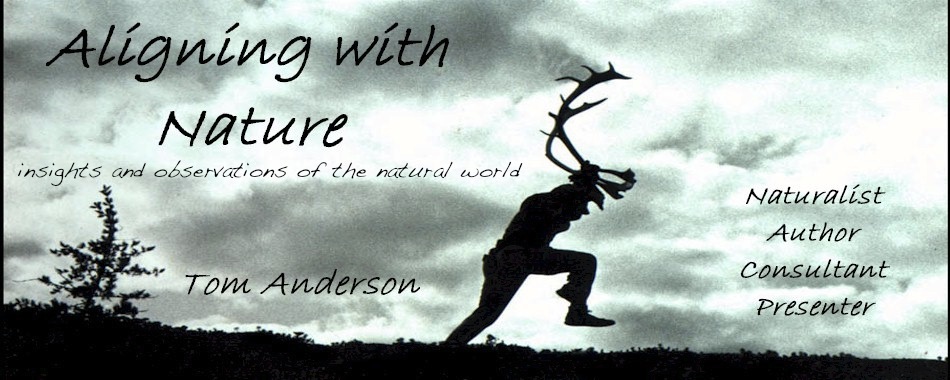A Gathering in Yellowstone

First we heard a single low howl. As if on cue the rest of the wolf pack joined in, a mournful harmonic that stopped us in our tracks. In Yellowstone’s late afternoon sunlight we spotted the wolves on a bench of grasses and sage a half mile distant. Four black wolves and three grays lay in the snow or milled casually about.
While the calendar said “winter,” the temperature and warm sun spoke of an impending spring. About 250 yards from the road we spotted a line of tripods, each tended by a hunched over human. We pulled off to the side of the road and hiked out to the battery of binoculars, spotting scopes and powerful camera lenses.

We settled into the line of focused humans. There was no talking or excited exclamations. A bundled middle-aged man was affixing his smart phone to the eyepiece of his Swarovski spotting scope, capable of increasing his magnification fifty times. I quietly asked, “Does the phone-spotting scope partnership give you good photos?” His one word sentence reply of “Yep” told me he had other things on his mind than answering questions.
The wolves across the valley cared nothing about these optical enhancements; they didn’t need them as they poked about. Somebody said, “I can see an elk antler sticking out of the snow and some ribs and vertebra. There is a magpie poking around it. Looks like an old kill.”
I wondered how long the wolves had fed off the elk. While the energy- sucking cold makes the food critical for their survival, the winter offers respite for these wolves as no grizzly will come along and take over their kill. All the bears are hibernating until. . . soon.
Suddenly in the foreground I spotted a coyote moving along the white creek bed that would lead it up near the wolves. Hungry wolves would find this brother canid nourishing. It was clear that both species were aware of each other. Not surprisingly the coyote looked more attentive. The wolves lay in the snow, heads up, simply watching. After following another bend of the creek, the coyote didn’t want to push its luck by getting too close. It moved fluidly up the steep bank to a rise, looked over its shoulder at the pack and moved on.
These wolves are among the approximately 100 wolves that currently call the Yellowstone ecosystem home. They are progeny of the original 39 wolves live trapped in Canada and reintroduced into Yellowstone in 1995.
Biologists estimate that at one time two million wolves inhabited what is now the Lower 48 states. By the 1930s, humans, the ultimate predator, had exterminated almost all wolves. The last viable population, less than 1,000 animals, lived mostly in Minnesota. (Currently, wolves number roughly 2500-3000 animals in Minnesota.) The wolf had been the primary predator in Yellowstone for centuries. Long vilified, the last wolf in Yellowstone was shot in 1926.
Roughly 125,000 generations of humans have lived on earth. For most of that time, as hunters and foragers, we have coexisted with wolves. We evolved intimately connected to the natural world.
Five hundred generations of us have passed since the advent of the agricultural revolution when humans figured out how to raise their own food through planting and domestication of livestock and fowl. That recent transition in our history marked the divorce from wolves and other wildlife, including insects, that pose the slightest threat to our food supply.
Before we entered the national park, I chatted with a 78-year-old rancher who lives within a dozen miles of Yellowstone Park. He was adamant that there were too many wolves and grizzly bears. I mostly listened to his perspective rather than challenge him. He feels that since his family has resided here for nearly 150 years that they have the right to raise livestock without predators.
A fossil record shows that wolves left Eurasia and settled in North America between 24,000 and 70,000 years ago, well before bears, deer and humans. If anyone has a right to live on their home ground, it is the wolves.
With dusk approaching, we headed back to the car to get out of the park before dark to avoid hitting wildlife like bison, elk and deer.
It was fitting that the wolves began to howl again. It was a wilderness vespers.

